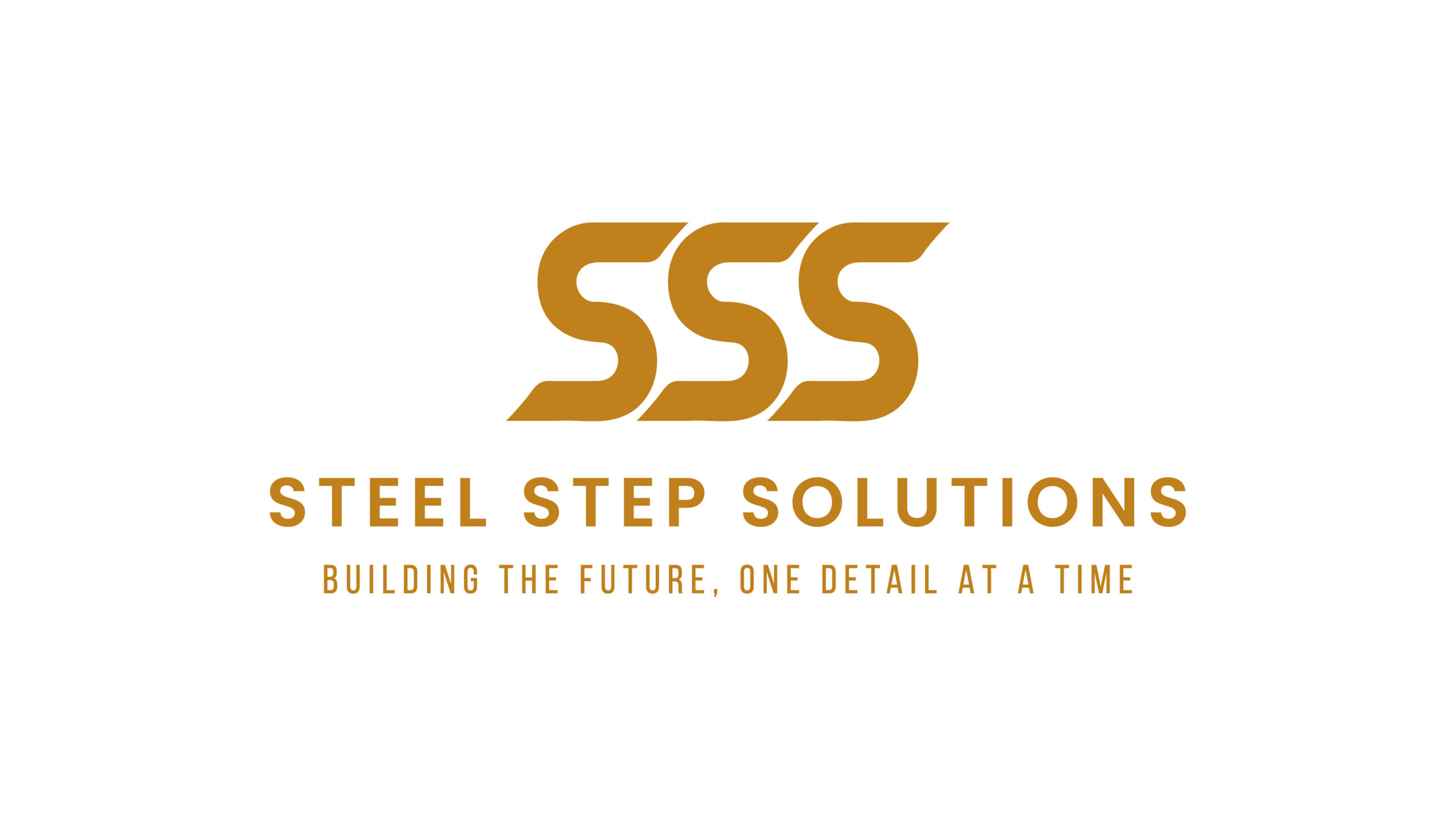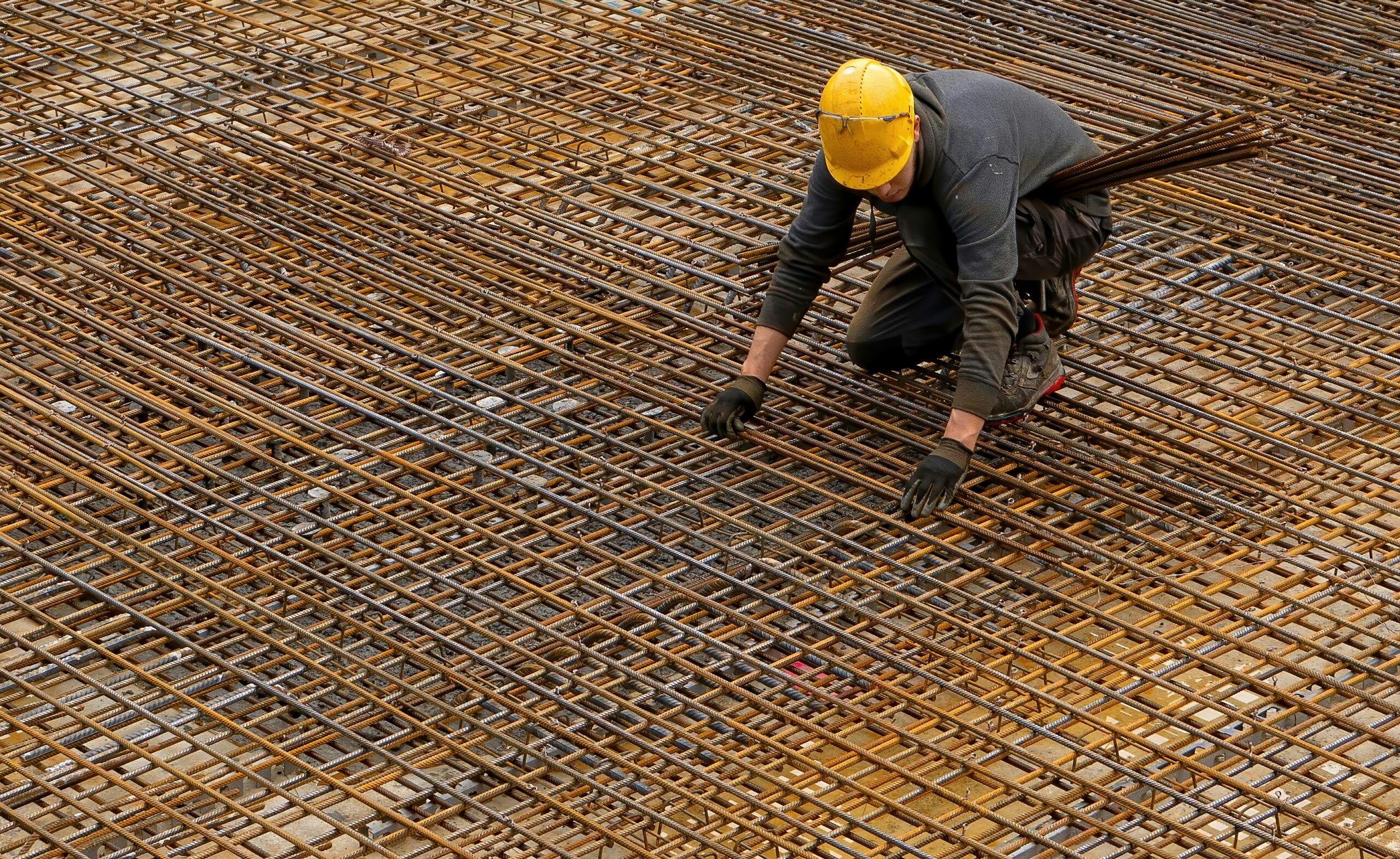What Revision and Change Management in Structural Steel Detailing Entails
In the structural steel design industry, precision and adaptability are crucial. Steel detailing projects often require meticulous revisions and effective change management practices to ensure high-quality outcomes. Revision and change management practices form the backbone of delivering accurate shop drawings and 3D models, especially when adhering to AISC (American Institute of Steel Construction) standards. This blog delves into these practices and their significance for businesses seeking structural steel detailing solutions.
Understanding Revision and Change Management in Steel Detailing
Steel detailing involves creating detailed drawings and 3D models for fabricators and contractors. However, projects in this domain are dynamic. Changes in design specifications, construction requirements, or client feedback can necessitate frequent revisions.
Effective revision and change management practices ensure that these modifications are incorporated seamlessly without disrupting project timelines or compromising quality. This process typically includes:
- Tracking Changes: Recording and categorizing every modification for easy traceability.
- Collaborative Updates: Ensuring all stakeholders are informed about revisions to maintain alignment.
- Document Control: Managing various versions of shop drawings and models to avoid errors.
By addressing these aspects, businesses can minimize errors, optimize workflows, and enhance overall project efficiency.
Key Components of Revision Management Practices
1. Systematic Change Identification
Identifying the nature and scope of changes is the first step in effective revision management. Whether the modification pertains to connection designs, material specifications, or structural components, it’s essential to document the reason and extent of the revision.
2. Version Control Systems
Using advanced tools like SDS2 software helps maintain version control. Every revision is tagged with a unique identifier, ensuring clarity and preventing outdated files from being used.
3. Collaborative Review Processes
Involving engineers, designers, and project managers in the review process ensures all perspectives are considered. This collaborative approach reduces the likelihood of errors.
4. Approval Workflow
Structured workflows for reviewing and approving revisions are essential. These workflows define clear responsibilities and timelines for stakeholders, ensuring no delay in project execution.
5. Integration with Advanced Tools
Modern software solutions like SDS2 facilitate the integration of changes into detailed drawings and models. These tools enable real-time updates, improving accuracy and efficiency.
Challenges in Change Management for Steel Detailing
1. Frequent Design Modifications
Design changes introduced late in the project lifecycle can pose significant challenges. Without proper revision management, these changes can lead to delays and cost overruns.
2. Communication Gaps
Ineffective communication among stakeholders can result in discrepancies and misunderstandings, impacting the project’s accuracy.
3. Tight Deadlines
In an industry driven by strict timelines, incorporating changes without affecting delivery schedules is a constant challenge.
4. Error Propagation
Without robust version control, small errors in earlier designs can propagate through multiple revisions, leading to significant issues during fabrication or construction.
Best Practices for Efficient Revision Management
1. Leverage Advanced Technology
Tools like SDS2 are invaluable for tracking changes, updating drawings, and maintaining version control. These technologies ensure revisions are implemented accurately.
2. Establish Clear Protocols
Defining protocols for documenting, reviewing, and approving changes minimizes errors and ensures accountability across teams.
3. Regular Communication
Fostering open communication channels between designers, engineers, and clients helps align expectations and ensures smooth integration of changes.
4. Training and Skill Development
Ensuring team members are well-trained in using advanced tools and adhering to AISC standards enhances their ability to manage revisions effectively.
The Role of SDS2 in Change Management
SDS2 software is a game-changer for structural steel detailing projects. By offering features like automated clash detection, advanced modeling capabilities, and seamless collaboration tools, SDS2 streamlines the process of managing revisions. Its robust functionalities ensure that every change is implemented with precision, helping businesses save time and resources.
Conclusion
In the competitive world of structural steel design, adopting robust revision and change management practices is essential for project success. By leveraging advanced tools like SDS2 and adhering to industry standards such as AISC, businesses can deliver precise, high-quality outputs that meet client expectations.
SSSPL specializes in providing structural steel detailing solutions tailored to your unique project needs. With a commitment to accuracy, efficiency, and collaboration, SSSPL ensures your projects are executed seamlessly from start to finish. Partner with us to experience the difference that expert steel detailing can make.


